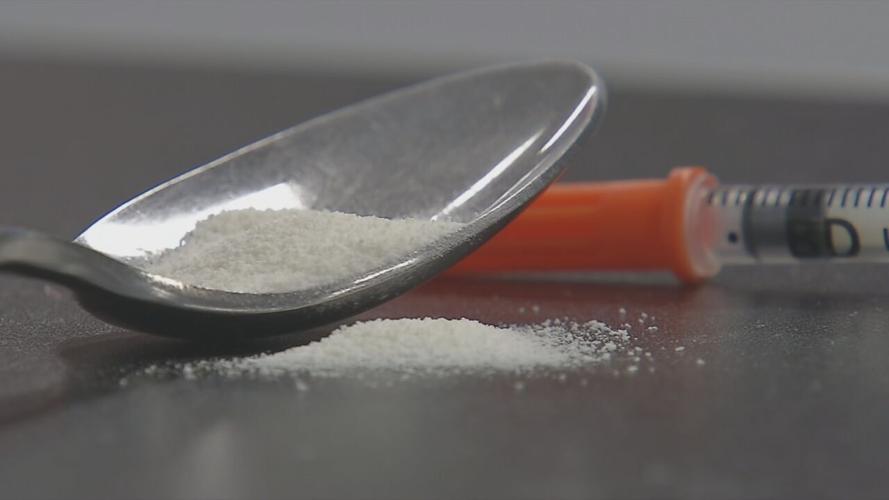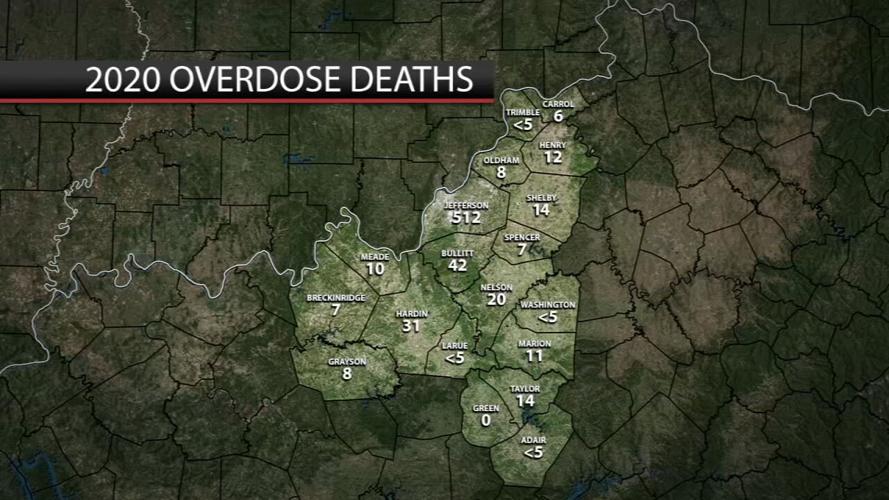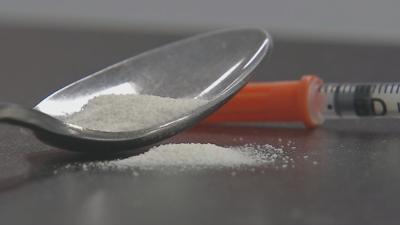LOUISVILLE, Ky. (WDRB) -- New information is being released about an increase in drug overdoses during the COVID-19 pandemic.
Data from Kentucky's 2020 Overdose Fatality Report shows 1,964 Kentuckians died in 2020 from a drug overdose, almost 50% more than the year before.
"Just to see more and more chaos and calamity makes us realize we need to do more and there's a lot that we're not doing right," said Pat Fogarty, vice president of operations at Addiction recovery Care (ARC).
ARC has rehabilitation facilities across the state for men and women struggling with addiction. Fogarty said the state's report is eye-opening.
"It's scary, and we're all very alarmed," he said.
In Jefferson County, 512 people died, one out of every four deaths in the state. It's also up from 319 fatal overdoses the year before.
"Louisville is the key component of this overdose crisis in Kentucky unfortunately," Fogarty said.
Experts said that opioids dominate eastern Kentucky, while Methamphetamine is largely found in the wester part of the state. However, those drugs and more meet in Louisville.
Outside of Jefferson County, Bullitt and Hardin counties had more than 30 people die of drug overdoses last year. Adair, LaRue, Trimble and Washington counties had fewer than five cases. Data shows no one died of a drug overdose in Green County.

Data from Kentucky's 2020 Overdose Fatality Report shows 1,964 Kentuckians died in 2020 from a drug overdose — almost 50% more than the year before. This map breaks down the numbers in WDRB's Kentucky viewing area.
Opioids were found in 90% of all drug overdoses last year. Fentanyl was the most common opioid found in victims. It was found in 1,393 — 71% — of the cases.
Fogarty said the issue surrounds the supply of drugs, especially Fentanyl, found in the state. He said addiction is not necessarily growing, but rather the amount of drugs.
"The demand drives the supply, and Kentucky has an insatiable thirst for drugs and has for a long time," Fogarty said.
The pandemic has resulted in fewer addicts seeking treatment, pushed some into isolation and, in turn, attributed to this increase. Studies show that 30% less people sought treatment for addiction in 2020.
Fogarty and those who help run other treatment facilities are hopeful their work changes things but noted there is much to be done.
"Is it really going to go down in 2021? I don't see that happening," he said. "I think it could very well increase from that 50% in 2020."
To read the full report from the Kentucky Justice and Public Safety Cabinet and Office of Drug Control Policy, click here.
Copyright 2021 WDRB Media. All Rights Reserved.













